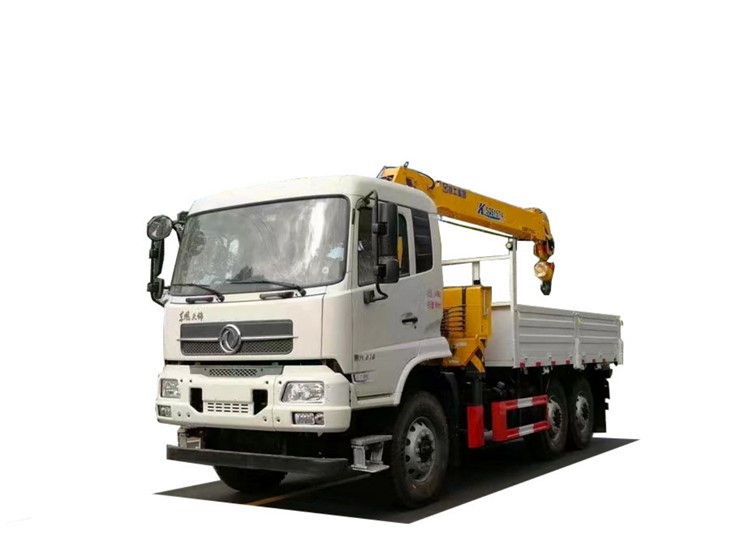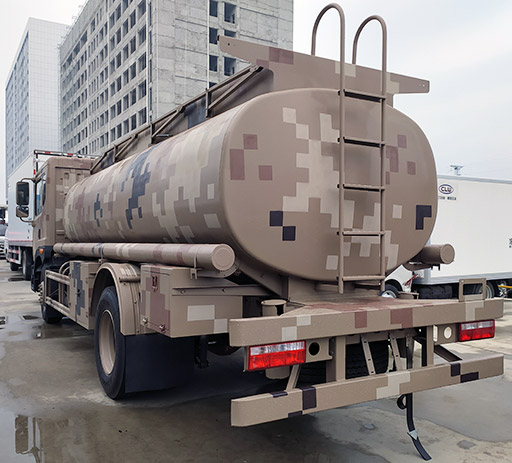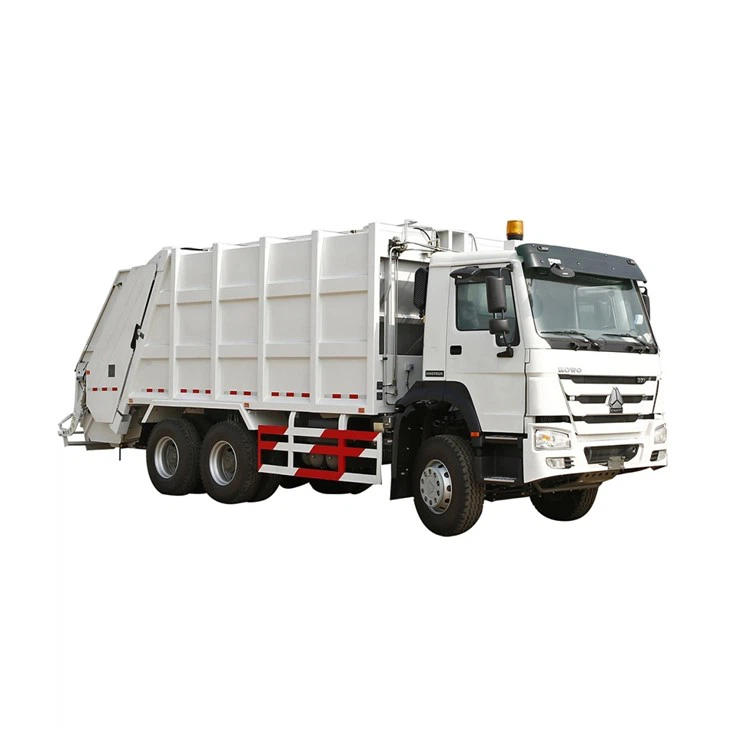Sagon Trucks: The Ultimate Guide to Understanding and Choosing the Right Truck for Your Needs

In the dynamic world of transportation and logistics, choosing the right truck can make or break your efficiency and profitability. Among various options available, Sagon Trucks stand out due to their quality, durability, and versatility. This comprehensive guide will delve into everything you need to know about Sagon Trucks, from their features, types, and maintenance tips to practical advice on choosing the right model for your needs.
What are Sagon Trucks?
Sagon Trucks are a well-known brand in the automotive industry, recognized for their robust design and reliable performance. These trucks are engineered to meet various transportation needs, making them favored by businesses in construction, freight, and other sectors. Offering a range of models, Sagon Trucks combine advanced technology with user-friendly features.
Types of Sagon Trucks
1. Light-Duty Trucks
Light-duty Sagon Trucks are ideal for urban transportation, typically used for local deliveries and hauling smaller loads. They feature fuel-efficient engines and are easier to maneuver in tight spaces.
Examples of Light-Duty Trucks
- Sagon Compact 1500
- Sagon Utility 2000
2. Medium-Duty Trucks
Medium-duty trucks offer a balance between power and efficiency, suitable for commercial uses such as food delivery and landscaping services. They can carry heavier loads while maintaining a reasonable fuel consumption rate.
Examples of Medium-Duty Trucks
- Sagon Transit 3000
- Sagon Hauler 3500
3. Heavy-Duty Trucks
These trucks are built for tough terrains and heavy loads, perfect for construction and long-haul shipping. Heavy-duty Sagon Trucks are equipped with powerful engines and robust axles.
Examples of Heavy-Duty Trucks
- Sagon Titan 5000
- Sagon Commander 6000
Key Features of Sagon Trucks
1. Engine Performance
Sagon Trucks come with a variety of engine options to suit different needs. Features like turbocharging and advanced fuel injection systems enhance performance while optimizing fuel consumption.
2. Safety Features
Safety is paramount in any vehicle, and Sagon Trucks are no exception. Equipped with features like ABS, EBD, traction control, and multiple airbags, these trucks provide peace of mind to drivers and cargo alike.
3. Comfort and Ergonomics
The interiors of Sagon Trucks are designed for comfort with adjustable seating, ample legroom, and modern infotainment systems. This is essential for long-haul routes where comfort can significantly impact driver performance.
4. Versatility and Customization
Many Sagon models offer customization options, such as varying bed lengths, towing capabilities, and cargo management systems, making them suitable for various industries.
5. Fuel Efficiency
Given the rising fuel prices, Sagon Trucks are engineered with advanced technologies to improve fuel efficiency without compromising performance. This is crucial for both operational costs and environmental impact.
Choosing the Right Sagon Truck for Your Needs
1. Assess Your Requirements
Understanding your specific needs is crucial. Consider factors such as load capacity, frequency of use, and transportation distance. Are you looking for a truck for local deliveries or long-haul routes?
2. Budget Considerations
Your budget will significantly influence your choice. Evaluate the total cost of ownership, including maintenance, fuel, insurance, and potential financing options.
3. Evaluate Specifications
Compare the specifications of different Sagon models. Pay attention to payload capacity, towing power, and engine performance metrics like horsepower and torque.
4. Test Drive
A test drive is essential. This gives you hands-on experience of the truck’s handling, comfort, and performance, allowing you to make an informed decision.
5. Consult With Experts
Don’t hesitate to consult with sales representatives or industry experts. They can provide insights about the best models that align with your needs, budget, and operational scale.
Maintenance Tips for Sagon Trucks
1. Regular Inspections
Conduct regular inspections to identify potential issues before they escalate. Check tires, brakes, lights, and fluid levels frequently.
2. Scheduled Maintenance
Follow the manufacturer’s recommended service schedules to ensure that your truck remains in peak condition. This includes oil changes, filter replacements, and brake checks.

3. Keep Records

Maintain a detailed log of all maintenance work done, including receipts and service dates. This can help track performance over time and assist in resale value.
4. Invest in Quality Parts
If repairs are needed, always opt for OEM (Original Equipment Manufacturer) parts to retain the integrity and performance of your Sagon Truck.
5. Driver Training
Ensure that anyone who drives the truck is thoroughly trained on its operation, maintenance, and safety features. This can greatly reduce wear and tear.
Practical Examples of Sagon Trucks in Action
1. Sagon Transit 3000 in Food Delivery
A local food delivery company upgraded to the Sagon Transit 3000 to handle its increasing demand. With its efficient fuel consumption and spacious cargo area, it reduced delivery costs by 15% while increasing customer satisfaction due to timely deliveries.
2. Sagon Titan 5000 for Construction
A construction company adopted the heavy-duty Sagon Titan 5000 to transport equipment. Its powerful engine and robust framing allowed the company to haul heavier loads without the risk of breakdowns, leading to smoother project completions.
3. Sagon Hauler 3500 in Landscaping
A landscaping business found the Sagon Hauler 3500 to be ideal for transporting tools and plants. The customization options allowed the owner to set up the truck for optimal cargo organization, significantly improving operational efficiency.
Cost of Ownership and Financing Options
1. Purchase Costs
The initial purchase cost of Sagon Trucks varies based on the model and customization options. Light-duty trucks typically start lower than heavy-duty ones, reflecting their intended use.
2. Financing Options
Various financing options are available, including loans and leasing arrangements. It’s essential to evaluate your cash flow and decide which financing model aligns best with your business needs.
3. Long-term Investment
Investing in Sagon Trucks is a long-term commitment. Consider factors like resale value, reliability, and brand reputation to gauge how these elements contribute to a sustainable investment.
Frequently Asked Questions (FAQ)
1. What is the warranty on Sagon Trucks?
Sagon Trucks typically come with a standard warranty of 3 years or 36,000 miles, whichever comes first. Extended warranties may be available depending on the dealership.
2. Are Sagon Trucks fuel-efficient?
Yes, Sagon Trucks are engineered for fuel efficiency. Each model includes features designed to optimize fuel consumption while maintaining performance.
3. Where can I buy Sagon Trucks?

You can purchase Sagon Trucks through authorized dealerships or their official website. It’s advisable to shop around for the best deals and financing options.
4. Can Sagon Trucks be customized?
Yes, many Sagon models offer customization options, including different bed sizes and cargo management systems to cater to specific business needs.
5. How often should I maintain my Sagon Truck?
Regular maintenance checks are recommended every 5,000 to 10,000 miles, or according to the manufacturer’s guidelines, to ensure optimal performance and longevity.
6. What should I look for in a used Sagon Truck?
When purchasing a used Sagon Truck, check its service history, inspect for any signs of wear and tear, and ensure that it has been regularly maintained. A test drive is also crucial.
